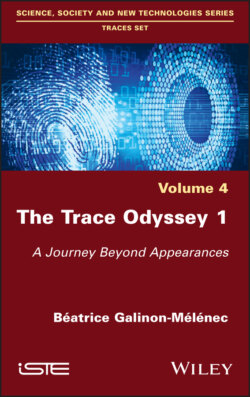Читать книгу The Trace Odyssey 1 - Beatrice Galinon-Melenec - Страница 10
I.4. The investigation, an approach also used in the social sciences
ОглавлениеMany investigations in social sciences (Weber et al. 1997) use digital text corpora, not only because social practices require it (discussion forums, social networks, discussion spaces on press sites, etc.), but also:
[...] because the range of methods for collecting and quantitatively processing these inscriptions has expanded considerably in recent years. In addition to the quantitative methods of textual analysis commonly used in the social sciences14, new methods have recently been added from the worlds of computer science and artificial intelligence (thematic modeling, sentiment analysis, semantic networks, etc.). (Lassègue 1996, p. 21–65, author’s translation)15
Compared to face-to-face field investigations, this approach via traces accessible on the Web (Cointet et al. 2019) has the advantage of not directly soliciting the person being investigated, thus avoiding the investigator-respondent influence bias.
However, there is the risk of misunderstanding and misinterpreting due to its quantitative importance:
– What sorting is there to be done? Using which criteria? The lack of qualitative information on the sociological characteristics of the author of the digital trace makes it difficult to select respondents in a representative manner.
– How can we process the amount of data? Is it necessary to call upon computer engineers? Currently, computer scientists and the humanities define the concept of trace differently. As we shall see below, they make a distinction between “digital fingerprints” and “digital traces”, thus underlining nuances similar to those we put forward.
